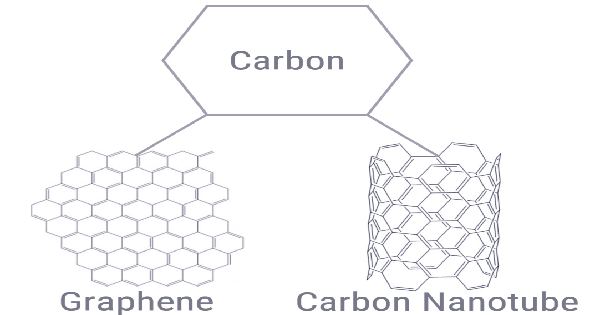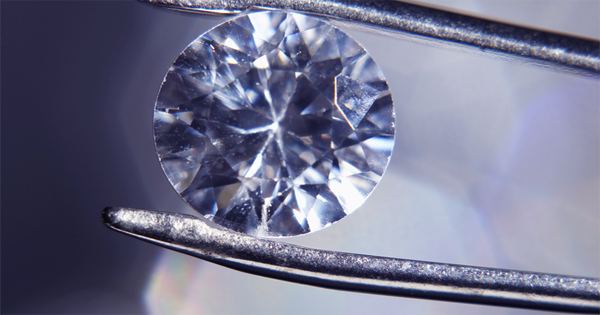In a recent study of nature communication, scientists have reported success over the past few decades in conceptualizing and fabricating material consisting of closely connected, closed-cell plates instead of ordinary cylindrical trusses in such structures. “Previous beam-based designs were not so efficient in terms of mechanical properties despite much interest,” said Jens Bauer, a UCI researcher in the Department of Mechanical and Aerospace Engineering. “The new class- plate-nanolytics we’ve created is dramatically stronger and tougher than the best beam-nanolytics.

Researchers make strong carbon nanostructures from diamonds
According to the paper, the team’s design showed an improvement of 6339 percent strength and 522 percent rigidity with an average performance of cylindrical beam-based architecture. Members of Lorenzo Valdebite’s Architect Materials Laboratory, a UCI professor in the Department of Materials Science and Engineering and Mechanical and Aerospace Engineering, verified their findings using scanning electron microscopes and other technologies provided by the Irvine Materials Research Institute.
“Scientists predict that nanolites arranged in plate-based designs will be incredibly strong,” said lead author Cameron Crook, a UCI graduate student in the Department of Physics and Engineering. But this difficulty in creating the structural framework meant that the theory was never proven, until we were able to do it. “Bauer said the team’s achievement is that two-photon lithography directly relies on a complex 3D laser printing known as laser composition. As the ultraviolet-light sensitive resin is added layer by layer the components become solid polymers at the points where the two photons meet. The technique is able to render repetitive cells that become plates with faces as thin as 160 nanometers.
One of the group’s innovations is the inclusion of tiny holes in plates that can be used to remove excess resin from the finished material. As a final step, the nets go through pyrolysis, where they are heated to 900 degrees C in a vacuum for one hour. According to Bauer, the end result is a dense carbon-shaped lattice of glass that scientists thought was the highest possible energy for such porous materials. “These engineering pieces take pieces of any material and dramatically reduce its size to 100 nanometers as it reaches a theoretical crystal without any holes or cracks. The reason may be used in the aerospace industry.















